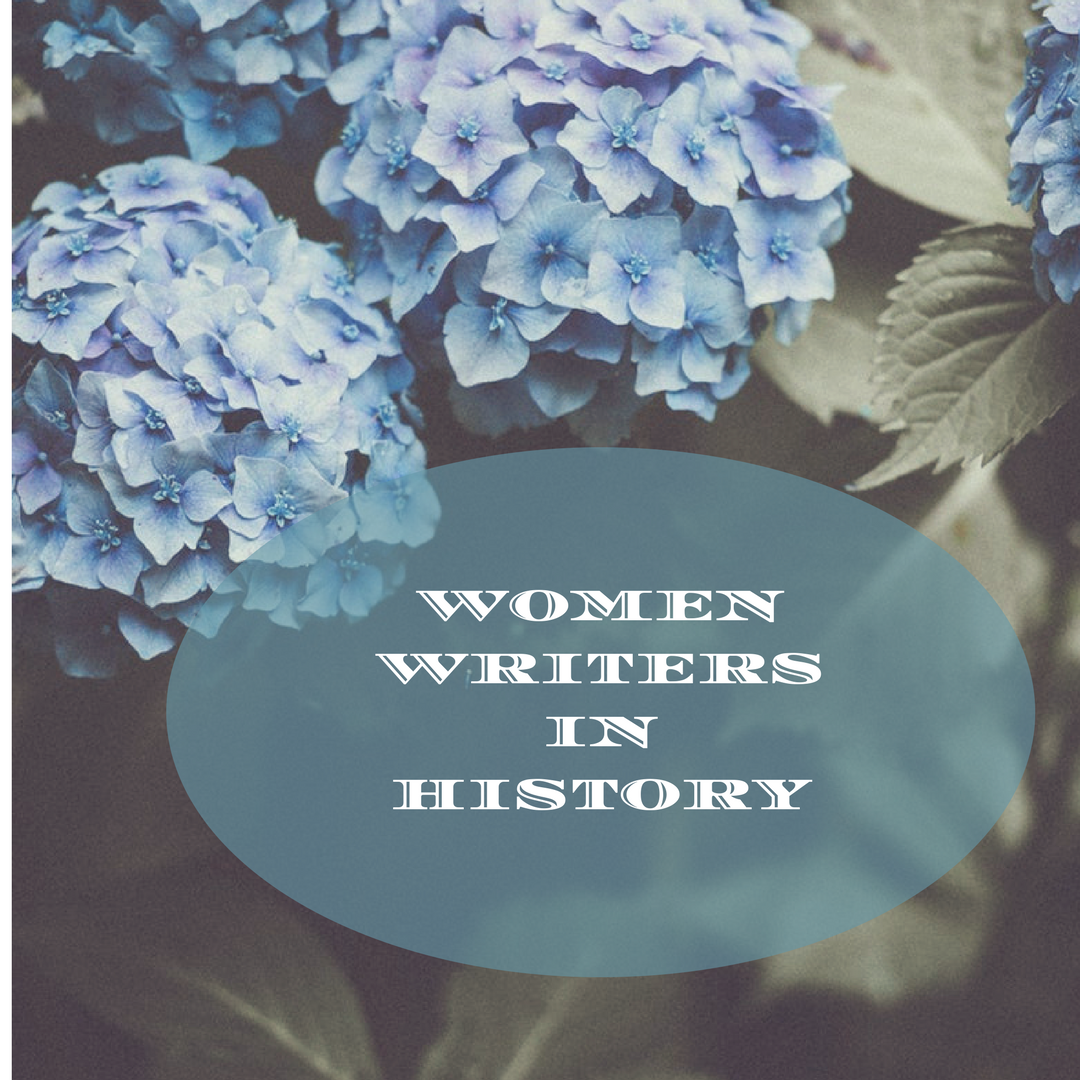
Beatrix Potter: When Trials Pave a Way to Destiny by Kathryn Ross
There is something delicious about writing the first words of a story. You never quite know where they’ll take…
April 3, 2018
There is something delicious about writing the first words of a story. You never quite know where they’ll take…
April 3, 2018
My youngest child was almost ready for kindergarten. After being a stay at home mom for ten years, I…
March 30, 2018
The desire to write has burned in me ever since I was in middle school. I grew up in…
March 29, 2018
Many people have never heard the expression a right smart. It has nothing to do with how smart a…
March 29, 2018
This month marks my one-year anniversary as the copywriting guy on Almost An Author. Have I convinced you yet…
March 28, 2018
When I first started writing back in the dark ages, my scenes were terrible. I didn’t have anything for…
March 27, 2018
Jane M. Tucker & Family Charm Genre: Historical Fiction The charm and fascination of her husband’s large family…
March 26, 2018
Reasons Why Writers/Authors Don’t Start A Blog Perhaps a friend has suggested you should start a blog, and you…
March 25, 2018
[bctt tweet=”Judah is going to be the man for Tovah. A romantic hero should be handsome and strong, sweet…
March 23, 2018
According to Elaine Marie Alphin (Creating Characters Kids Will Love p. 2) “Kids read because a magical closeness springs…
March 21, 2018
I had grand aspirations for this month’s post, involving a poll, some original photography and maybe even a snappy…
March 15, 2018
When the slick full-color magazines arrive in your home, many writers would like to write for those magazines and…
March 13, 2018
Just how far back into your past can you reach to find new ideas for writing? Family history (genealogy)…
March 8, 2018
Success. For writers this word can mean different things. One author may feel success has been achieved once their…
March 8, 2018It is only a novel . . . or, in short, only some work in which the greatest powers…
March 3, 2018
Global digital marketing is a $209-billion-dollar-a-year industry ruled by five titans – Google, Facebook, Amazon, Alibaba, and Baidu. Any…
March 1, 2018
If you read my previous article, I hopefully convinced you to try songwriting. There are a few basics to…
March 1, 2018
All roads to the finding an agent and the dream of publishing led through the Conference. I’d planned, scraped…
February 24, 2018
Our romantic heroine, Tovah, is about to meet her match. She’s a Jewish rabbi who fears rejection because of…
February 24, 2018
With my cursor at Chapter 1 in my WWII historical fiction novel, I hit Ctrl+Enter and sighed. Beginning a book…
February 22, 2018
Great writing is great writing! Right? Yes, but writing for children does have challenges that are different from…
February 21, 2018
You never would have thought of such a thing on your own. It had to be God. He gave…
February 19, 2018
One of the first writing rules I learned in journalism school is that you have to know your audience. …
February 15, 2018
I’m sane. I don’t even have a tin-foil hat. I rarely can even find foil when I need it…
February 14, 2018
Magazine editors are experts in their publication. I know this fact because I’ve been a magazine editor a couple…
February 13, 2018